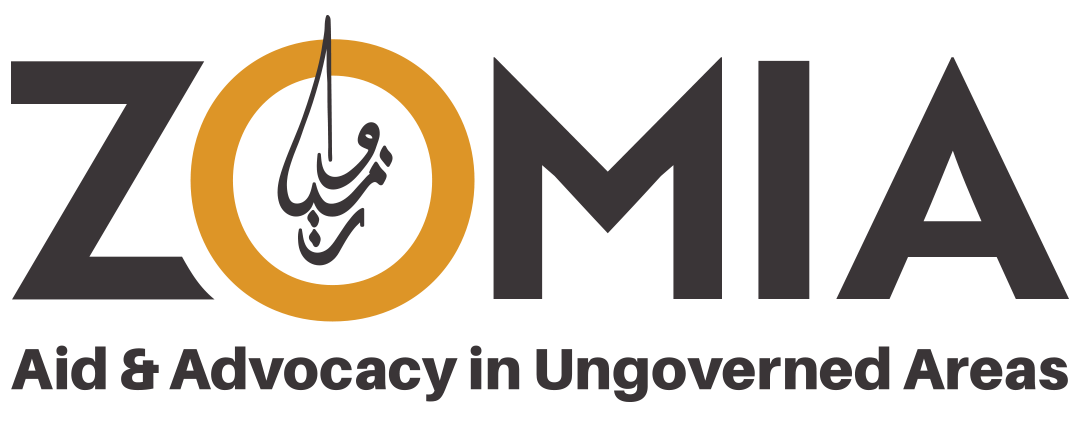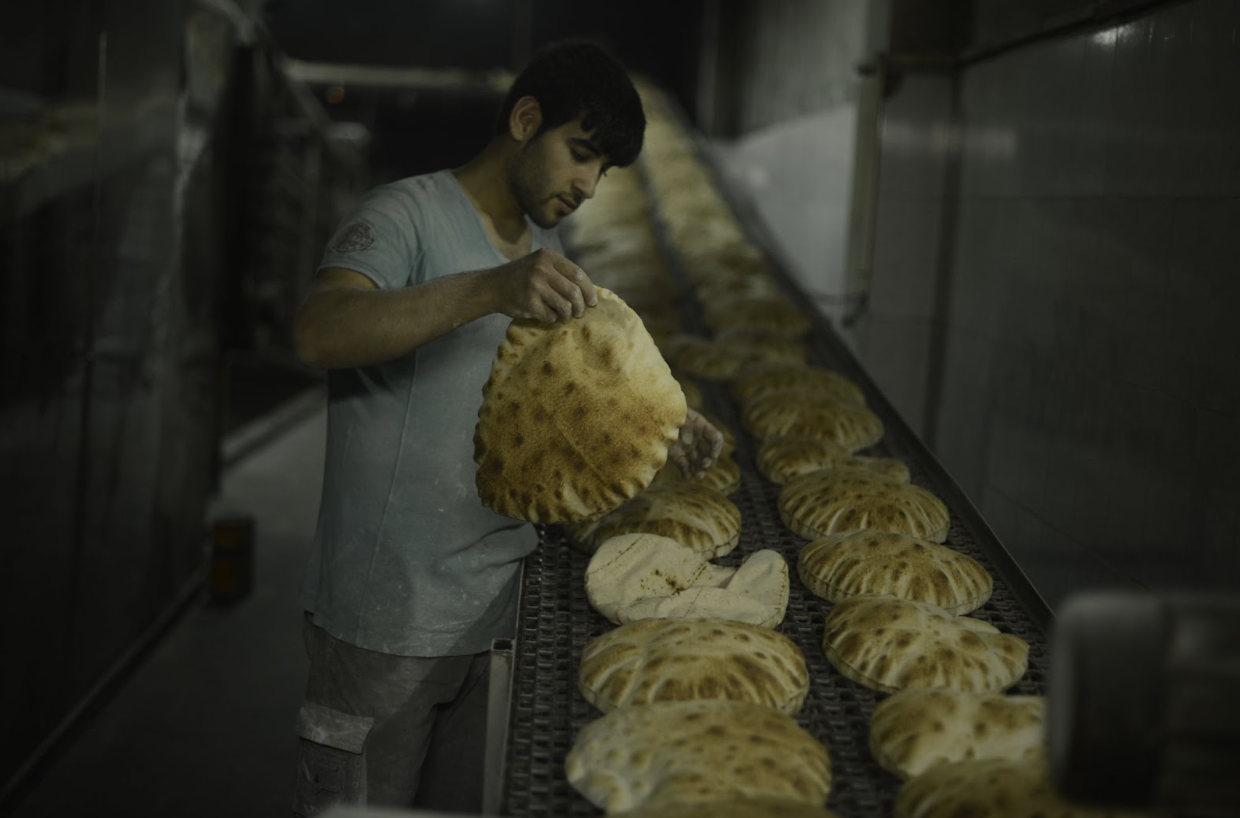ISIS and Syria’s Urban—Rural Divide
Since 2011, followers of the Syrian conflict have usually portrayed divisions in the country’s myriad opposition groups along ideological lines or according to the identity of their foreign sponsors. Such analyses usually attempt to make sense of local rivalries and opposition infighting by identifying conflicts between “moderates” or “Islamists” or due to the differing patronage networks of outside forces.
But this fails to take into account the extent to which rival opposition groups play to different social and class constituents, such as urban vs. rural and tribal vs. bourgeois, and it ignores how hyper-local divisions often had a greater hand in fueling discord than any other factor.
One key example of how local divisions shaped political expression is in the rise of ISIS.
Throughout 2013, ISIS adroitly exploited issues such as urban/rural and class divides, the influence of money in politics, the provision of basic services, criminality, and inter-communal rivalry.
One area where we can see this dynamic clearly is in the northern city of Manbij. ISIS arrived onto the scene there in April 2013 when the city’s urban elite and a cohort of tribal dissidents were at each other’s throats over control of local revenue and the city’s infrastructure. In less than a year ISIS was able to pick off allies from the tribal camp and play on popular resentments towards the urban elite, eventually leading many revolutionaries to passively accept its final military assault on the city.
Understanding ISIS’ ability to do so in one of Syria’s largest, most civically engaged cities is useful for extracting lessons that can shed light on how jihadist groups in other parts of the country have penetrated less politically developed areas.
Hadhrani-Tribal Split
Almost immediately after its liberation, in July 2012, Manbij became irreconcilably divided between two political blocs representing communities whose distinct sense of identity was forged over the course of the preceding century.
The Hadhrani (i.e. urban, civilized) community is a caste of middle and upper-middle class families—in some instances extraordinarily wealthy deracinated Arabs whose ancestors allegedly settled Manbij in the 19th and early 20th centuries. These families benefitted from successive waves of urbanization in Manbij and other cities across Syria in the post-war period, particularly taking advantage of expanding retail, manufacturing and construction sectors.
This success enabled them, gradually, to outpace, and at times marginalize, the rural tribal elites, who had derived immense wealth and status from large agricultural holdings during the Ottoman and French Mandate periods. Hadhranis in Manbij began to develop links with other provincial bourgeoisie in growing urban centers like Raqqa and Aleppo. The Hadhranis rapid political ascent was halted, however, with the Arab nationalist regime of 1958 and particularly the rise of the Ba’ath party after 1963, who favored rural constituents. From then on, Ba’ath party leadership circles in Damascus and Aleppo delegated political power in the Manbij to rural tribal chiefs, while the Hadhrani bourgeoisie’s struggled to compete with cheap goods produced by nationalized industries.
By the late 1970’s and early 1980’s, some Hadhrani families in Manbij gravitated towards the Muslim Brotherhood, whose armed insurrection against the Ba’athist regime appealed to souq traders in provincial cities. This experience would further reinforce longstanding commercial ties between Hadhrani families in Manbij with like-minded families in other provincial cities. These connections would coalesce over the years into resilient networks with links to important business sectors and religious groups in the Gulf.
Following the outbreak of the Syrian revolution, some Hadhrani elites in Manbij utilized these networks to receive, channel, and distribute foreign assistance to influence the protest movement. Hadhranis became the main force behind the creation of a post-liberation governing structure known as the Manbij Revolutionary Council (MRC), which became the official ruling authority in the city after the regime’s 2012 withdrawal. During this period, Hadhranis were also among the most active founders and backers of local FSA groups in Manbij.
But there was a second group of elite activists in Minbej who soon challenged the Hadhranis for hegemony over the revolution. The top sheikhs of the rural Hosh tribal confederation (consisting of the Bani Saeed, Ghanayim, Aoun, Kharraj, and Ajlan tribes), and the Albu Banna tribe, were longtime regime clients — but second-tier tribal figures who had long been excluded from regime patronage had joined the revolution. Although these lower ranking rural figures were solidly pro-revolution, after liberation many felt that the Hadhrani caste was dominating the MRC and excluding them from the city’s administration. A confrontation between the two camps began to brew.
The Seeds of Resentment
In December 2012, anti-MRC figures, including numerous civil society organizations, media outlets, and FSA factions, gathered to elect a new governing body, called the Local Council (LC). This body rejected the legitimacy of the Revolutionary Council, and included in its leadership a number of second-tier tribal figures of rural origin from the Hosh and Albu Banna. Throughout the first half of 2013, the key tension between the MRC and the LC was over the question of social services. The MRC had adopted a liberal, laissez-faire policy towards governance, imposing zero income, sales, value added, or commercial taxes on residents or businesses while choosing not to regulate key sectors such as fuel, agriculture, or imports. The LC and its allies, however, interpreted the MRC’s unwillingness to address problems in these industries — such as shortages and inflated costs of staple goods — as negligence. The LC began to make repeated, failed bids to assert control over key institutions like the grain silos and bread furnaces.
The Revolutionary Council also proved unable to rein in kidnapping and criminality that had become widespread in liberated territories throughout Syria. Pro-Local Council FSA groups in turn took it upon themselves to preserve law and order and establish their own courts and police organizations that undermined those set up by the MRC.
Ironically, many of these groups were also the city’s most egregious perpetrators of criminality, in particular the Faruq Brigades, one of the LC’s most powerful supporters who mostly recruited fighters from the Hosh tribal confederation, and Liwa Jund al-Haramayn (LJH), which contained large cross sections of fighters from the Hosh and Albu Bana tribes. The Faruq Brigades and to a lesser extent LJH became the military weight behind the LC, allowing it to act as a counterbalance to the MRC.
By April 2013, a cold war had grown between the Hadhrani-dominated MRC and the tribal-backed Local Council, leaving a divided city, ripe for exploitation under the right circumstances.
Here Comes ISIS
The forerunner to ISIS would first enter Manbij on 05 April 2013 to reinforce Ahrar al-Sham in its campaign to arrest the “Prince” a Faruq Brigade commander who was a notorious kidnapper. Allegedly, the Revolutionary Council had asked AHS to carry out the campaign in order eliminate its LC rivals, while Ahrar al-Sham—whose fighters mostly came from outside Manbij—viewed the campaign as a pretext to strengthen its presence in new areas.
Before long, Ahrar al-Sham managed to arrest the Prince, landing a major victory for the MRC. Just days later, however, ISIS publically announced its existence in Syria, and members of its new chapter in Manbij began to cultivate close relationships with pro-LC figureheads. Soon, key Faruq Brigade supporters and other tribal figures threw their weight behind ISIS, who effectively replaced the Farouq Brigade as the most prominent backer of the anti-MRC camp. Months later, the Prince himself would escape from prison and strike up an alliance with ISIS as protection against the MRC and Ahrar al-Sham.
ISIS began to set up its own court system, with a penchant for extreme violence that made it an effective and feared force in the city. The group began to employ LC activists to renew calls for the MRC to relinquish control of local grain silos, bread furnaces, and other key facilities. One by one, with some popular support, ISIS began to assert direct control over them.
When MRC-ISIS tensions came to a head in January 2014, the Islamic State was able to convince numerous FSA groups — including the Prince’s Faruq Brigades — to adopt an official stance of neutrality, sidelining a key section of the city’s armed factions. Yet following its takeover, ISIS would go on to arrest and detain many of those same pro-LC forces. The Hadhrani-tribal split had been one of the defining features of revolutionary Manbij, but in the end, both sides would lose everything.

